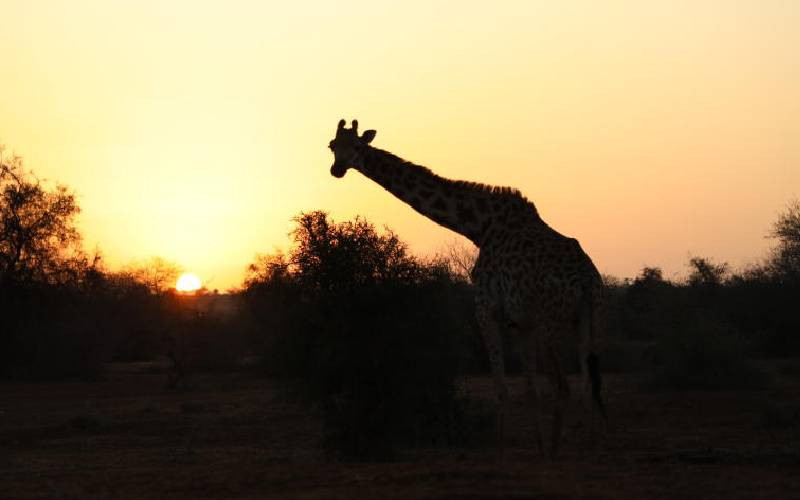
In the vast landscapes of Kenya, where wildlife roams freely and breathtaking ecosystems thrive, a call to incorporate indigenous rights and traditional knowledge into endangered species law is resonating with conservationists, scientists, and communities alike.
Kenya's legal framework for conservation primarily revolves around the Wildlife Conservation and Management Act of 2013. While the law emphasises the protection of endangered species, it does not explicitly integrate indigenous rights and knowledge. This omission limits the potential for collaborative conservation approaches that combine modern science with indigenous wisdom.